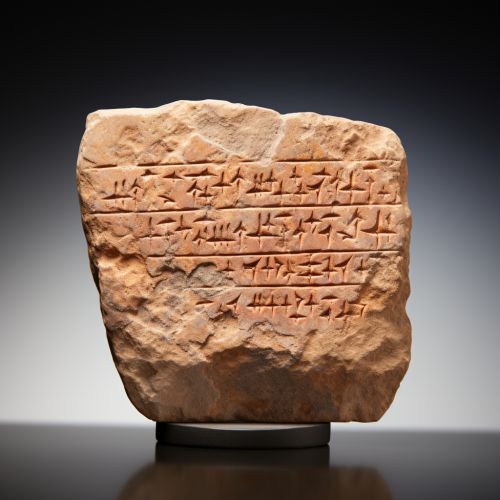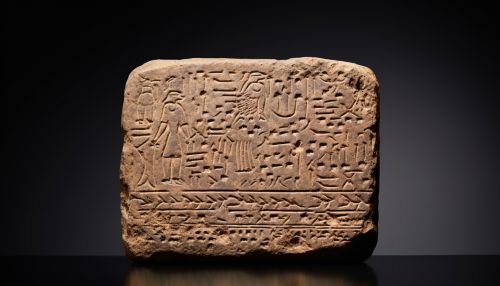History of Communication
Prehistoric Communication
Communication has been a fundamental aspect of human society since its inception. The earliest forms of communication were nonverbal, relying on gestures, facial expressions, and body language. This form of communication, known as nonverbal communication, is still prevalent in modern society.


Verbal Communication
With the advent of language, humans began to communicate verbally. This was a significant development as it allowed for more complex ideas to be conveyed. The first languages were likely simple and consisted of a limited number of sounds. Over time, these languages evolved into more complex systems, with a larger number of sounds and grammatical rules.
Written Communication
The next major development in the history of communication was the invention of writing. The earliest known form of writing is cuneiform, which was developed by the Sumerians around 3200 BC. This system of writing used a series of wedge-shaped marks made in clay tablets to represent words or syllables.


The Printing Press
The invention of the printing press by Johannes Gutenberg in the 15th century was a significant milestone in the history of communication. The printing press allowed for the mass production of books, making written information more accessible to the general public. This led to a dramatic increase in literacy rates and played a crucial role in the spread of ideas during the Renaissance and the Reformation.
Telegraph and Telephone
The 19th century saw the invention of the telegraph and the telephone, two devices that revolutionized communication. The telegraph, invented by Samuel Morse in 1837, allowed for the rapid transmission of messages over long distances. The telephone, invented by Alexander Graham Bell in 1876, allowed for direct voice communication over long distances.
Radio and Television
The 20th century brought about the invention of radio and television, two mediums that had a profound impact on communication. The radio, invented by Guglielmo Marconi in the late 19th century, allowed for the transmission of sound over long distances. The television, first demonstrated by John Logie Baird in 1926, allowed for the transmission of both sound and moving images.


The Internet
The most recent and arguably the most significant development in the history of communication is the invention of the internet. The internet has completely transformed the way we communicate, allowing for instant global communication. It has also led to the development of new forms of communication, such as email, social media, and video conferencing.
